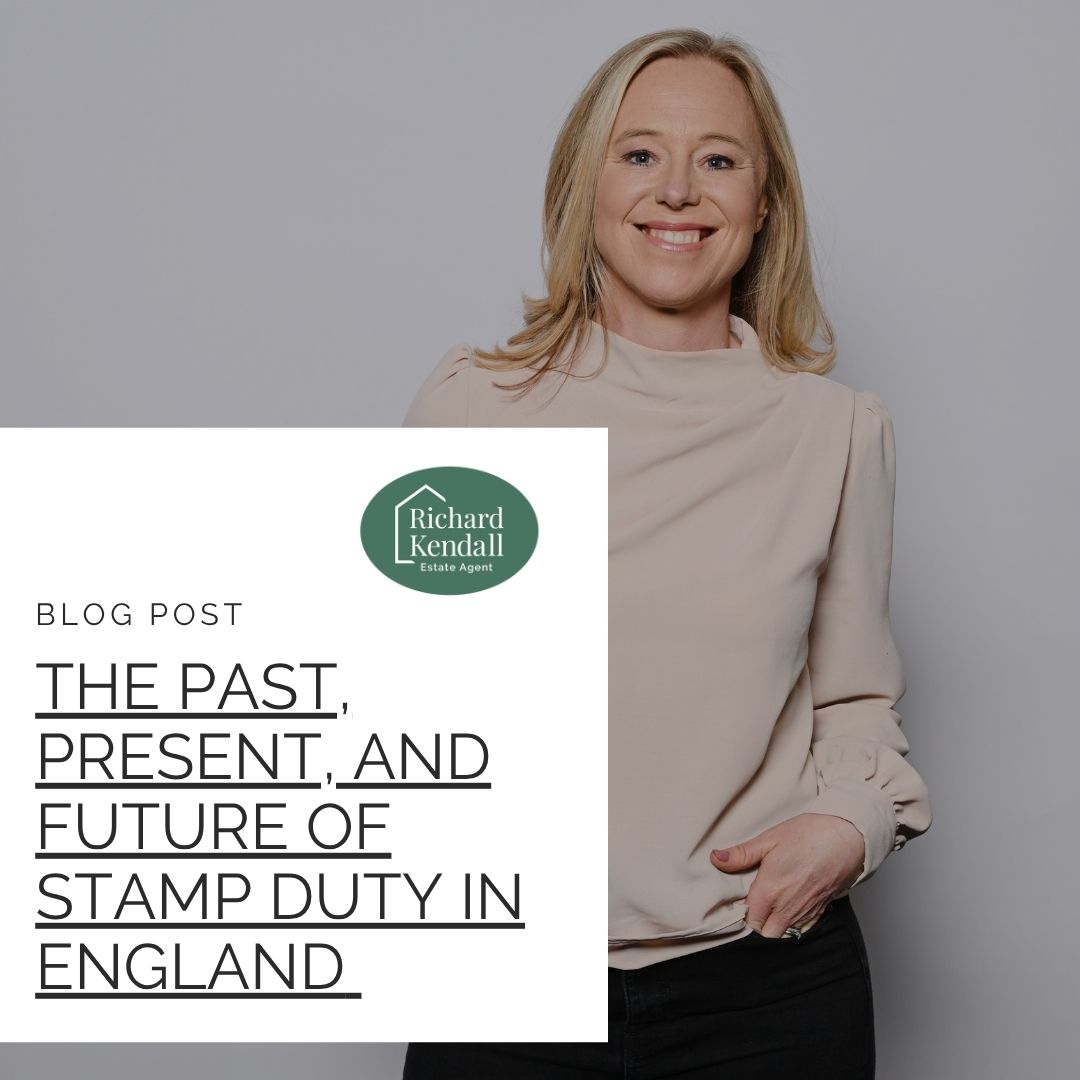Stamp Duty: Then, Now and What Might Come Next
Stamp Duty has been part of property buying in Britain for centuries. It’s changed many times and could be about to change again. Here’s a quick look at how it started, where we are now and what might happen next.
A Bit of History
Stamp Duty first appeared in 1694, introduced by William and Mary to raise money for war. Back then, every legal document had to be stamped to show the tax had been paid (hence the name). Over time, it expanded to cover land and property sales. In 2003, it became Stamp Duty Land Tax (SDLT), a modern version focused on property transactions. Since then, rates and rules have changed often, especially to help first time buyers or boost the market during slower periods.
How It Works Today
When you buy a home in England or Northern Ireland, you usually pay SDLT on the portion of the price above £125,000.
Current rates for your main home:
Property Price SDLT Rate
Up to £125,000 0%
£125,001–£250,000 2%
£250,001–£925,000 5%
£925,001–£1.5m 10%
Over £1.5m 12%
A few key points: If you are buying an additional property (like a second home or buy-to-let), you will usually pay 5% more on top of those rates. First time buyers can still get relief on some purchases up to £500,000. The temporary cuts to SDLT thresholds ended in March 2025, so most buyers now pay the standard rates again.
If you are unsure what this means for your move, Richard Kendall can help you work out the figures before you start house hunting.
What Could Change Next
There has been talk that the Autumn Budget 2025 might bring a big shake up to how property is taxed. What’s being discussed: Replacing Stamp Duty with an annual property tax on homes worth over £500,000. The idea is that, instead of paying a large one off tax when you buy, you would pay a smaller amount each year. This could make moving home simpler, but might increase ongoing costs for some homeowners, especially in higher value areas. It’s only speculation for now, but it’s causing plenty of discussion in the market.
What It Means for You
If you are thinking about moving, it’s worth keeping an eye on the Autumn Budget announcements. Budgeting for Stamp Duty at the current rates is still the safe approach. If major changes are introduced, you will want clear, up-to-date advice before making decisions.
Want to understand how stamp duty will affect your next home purchase?
Contact us today for expert guidance and personalised advice to make your move smarter and more affordable.










